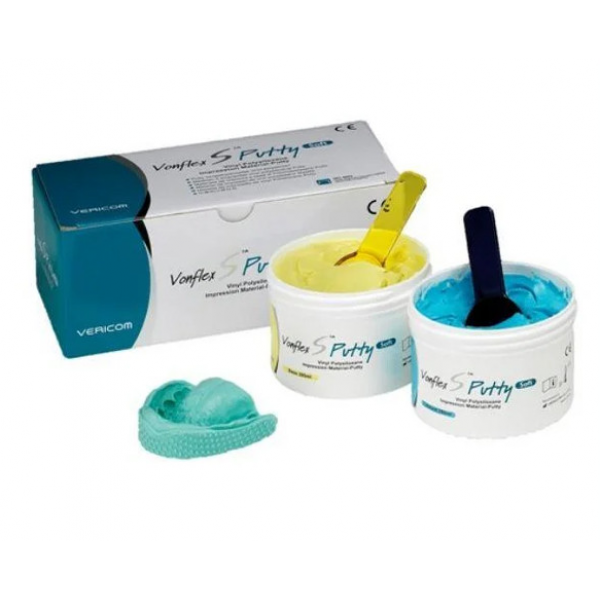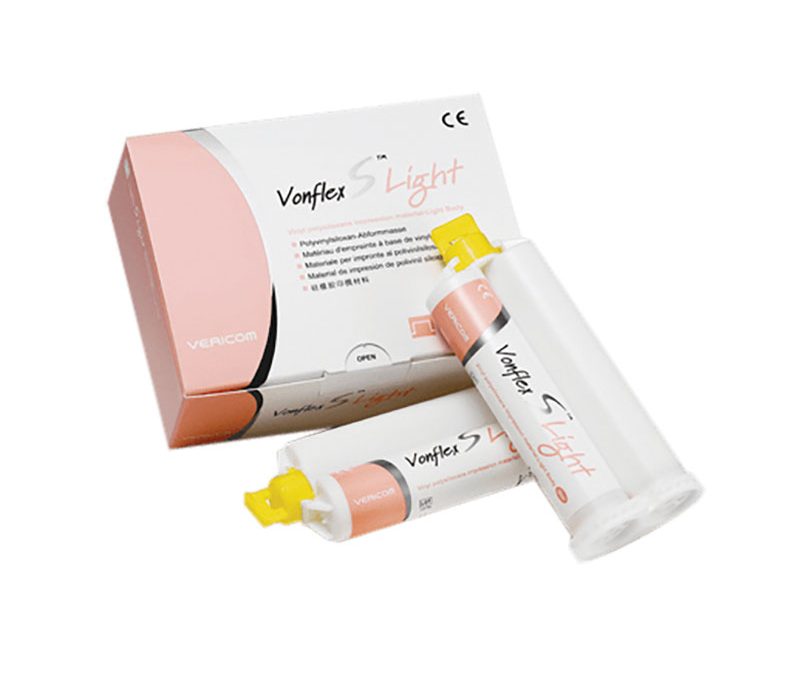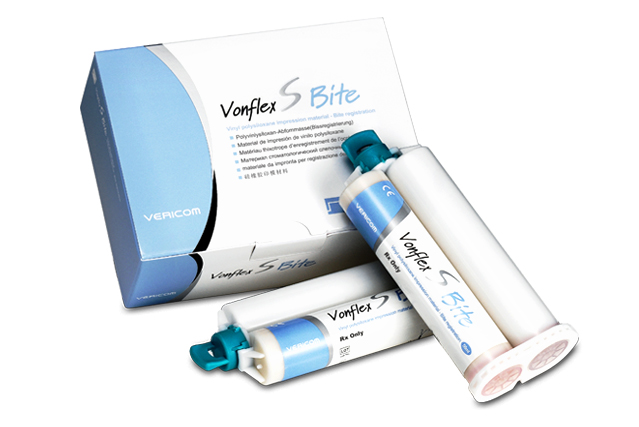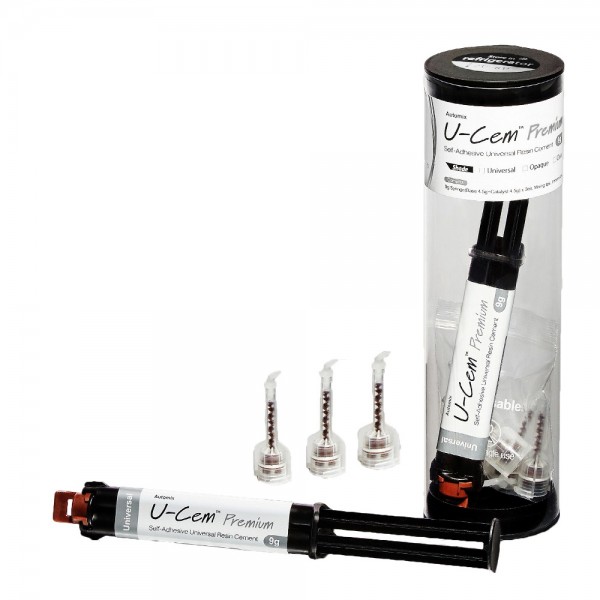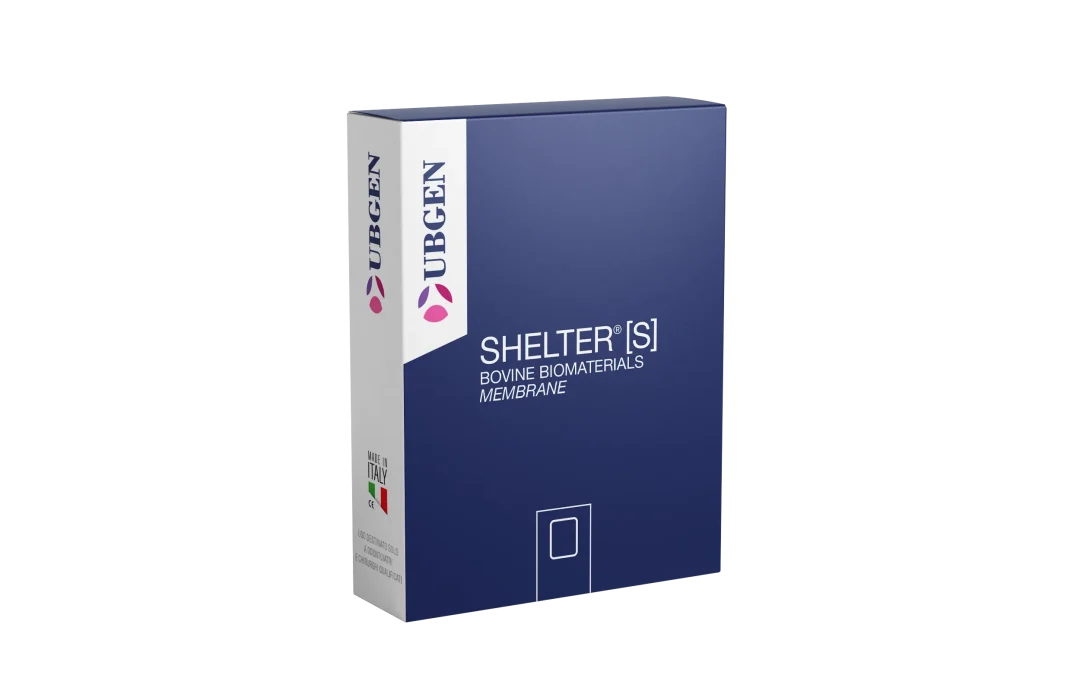
Vonflex S Putty (Base 280 ml X 1 bottle + Catalyst 280 ml X 1 bottle, 2 ea Measuring scoop) Working Time: 2′ Setting Time: 4′ extremely easy to mix and smooth. No bubbles and no greasy. Long working time and shorter permamenece in the oral cavity. high deformation strength. optimal elastic recovery.

FEATURES & BENEFITS
● High hydrophilicity & thixotropy
● Long working time & short curing time
● Excellent detail duplication
● Easy to remove & excellent impression stability
● Superior dimensional stability
● 2 Types of flowability : Light & Light XLV
INDICATIONS
● Taking impression for crown and bridge
● Taking impression for inlay and onlay

Description
2 x 50ml cartridges + Tips
30 40 second setting time
A bite registration impression material to measure the occlusal surface
Easy to use and remove low elastic deformation

FEATURES & BENEFITS
● Uniform luting cementation
● Continuous fluoride ion release effect
● Easy removal & easy handling
● Available in all cases of cementation
● Powerful bonding strength
● Satisfaction of the ISO 13485 requirements
INDICATIONS
● Cementation of ceramic, metal or composite inlays, onlays, crowns, bridges, posts.

SHELTER is a pericardium membrane of bovine origin and, thanks to the innovative Pericross decellularization system, the three-dimensional structure of collagen is maintained.
The multidirectional composition of the pericardial collagen fibers allows for greater stability and protection to the graft site.
At UBGEN we have developed two types of membranes:
• SHELTER Fast, a membrane with a fast resorption time (4-5 weeks) thanks to the particular broad-textured collagen structure;
• SHELTER Slow, a membrane with a slower resorption time (3-6 months) due to a modified three-dimensional structure of collagen fibres, that are more resistant because of intensified bonds.
SHELTER Fast and SHELTER Slow are occlusive to the passage of cells. They are designed to promote osteoblastic and periodontal ligament cells proliferation, protecting the site from soft tissue colonization; stable and resistant to traction they are easy and manageable in positioning.
Why to choose SHELTER
1. Optimal clinical handling: Shelter adapts perfectly to the contours of the defect, does not stick to gloves or instruments;
2. The multilayer structure makes it elastic and flexible;
3. It can be used on both sides indifferently;
4. It is particularly resistant to traction: it accepts a wide range of sutures and fastening systems;
5. Supports neoangiogenesis;
6. It has chemotactic capacity, the tissues heal quickly in case of post-op dehiscence;
7. It has controlled resorption times.
